Gulmarg Biosphere Reserve
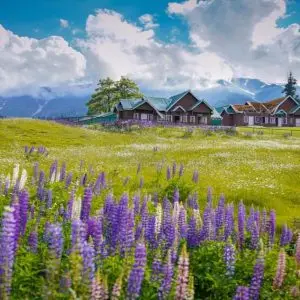
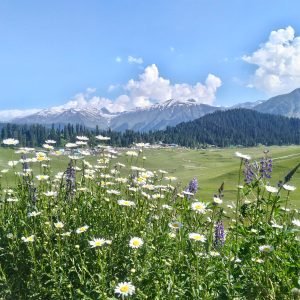


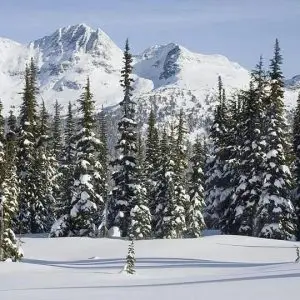
Table of Contents
ToggleSituated in the rugged Pir Panjal range of the western Himalayas, the Gulmarg Biosphere Reserve has become India’s most prized eco-tourism site. Popularly known as the “Meadow of Flowers,” Gulmarg is well known for its snow-capped mountains, green alpine meadows, and the very high level of biodiversity that thrives within its conserved limits. This detailed guide covers all aspects of the Gulmarg Biosphere Reserve, interspersing riveting storytelling with crucial facts and natural SEO keywords like Gulmarg nature reserve, Gulmarg flora and fauna, and eco-tourism in Gulmarg for maximum visibility and effect among nature enthusiasts and tourists alike.
Geographical Location and Landscape
Situated in the Baramulla district of Jammu and Kashmir, the Gulmarg Biosphere Reserve covers about 1,180 square kilometers of varied landscape. From dense deodar and pine forests at lower altitudes to the green alpine meadows characteristic of high-altitude grasslands, the biosphere reserve is an intricate mosaic of ecosystems. The topography of the region is awe-inspiring, with rolling hills, deep valleys at an altitude of more than 4,200 meters.
Scientists and nature lovers commend the distinctive glacial landforms and watershed systems within the reserve, which supply multiple perennial streams and rivers. Not only do these watercourses support the local plant and animal life, but also feed into the greater Jhelum River basin. Tourists looking for Kashmir wildlife or Himalayan biodiversity hotspot will find this geographical context priceless while planning to visit.
Climate and Seasonal Variations
The climate in Gulmarg is temperate summers and cold winters, giving rise to seasonal experiences of varying kinds for travelers:
- Winter Wonderland (December–March): As snow falls to a depth of 2–3 meters, the reserve takes on the shape of a snowy white terrain. The experience of Gulmarg snow attracts skiers and snow sports fans across the globe.
- Blooming Meadows (April to June): With the increase in temperature, snow melts to expose meadows of alpine flowers, such as the world-famous kashmir tulip and Blue Poppy. These months are best for trekking and nature photography.
- Monsoon Showers (July to September): Though rain may restrict outdoor activities, the post-monsoon season is full of lush greenery, and thus it is a good time for birdwatching and low-impact exploration.
- Autumn Color (October-November): Autumn foliage and warm weather weave a landscape of golden and crimson shades ideal for photography in the landscapes and walking trails through the forest.
Targeted best visit timing for Gulmarg has best weather conditions in balance, and clearer skies by late spring and early fall seasons.
Biodiversity Highlights
Vegetation of Gulmarg
The Gulmarg Biosphere Reserve harbors over 400 flowering plant species, thus making it a significant site for the study of flora and fauna of Gulmarg. Notable vegetation belts are:
- Temperate Forests: Comprising Himalayan birch (Betula utilis), deodar (Cedrus deodara), and Kail pine (Pinus wallichiana).
- Sub-alpine Meadows: Habitat to colorful Persian poppy (Papaver pseudoorientale), Aconitum species, and Edelweiss (Leontopodium alpinum).
- Alpine Scrub: Marked by stunted rhododendron, juniper shrubs, and diverse gentians.
The floral richness of the reserve is important in stabilizing the soil, retaining water, and supplying fodder to herbivores. Environmentally conscious tourists tend to look for wildflower walks in Gulmarg to witness these colorful meadows directly.
Fauna of Gulmarg
Gulmarg has a rich variety of wildlife, hence one of the best places for Kashmir wildlife safari and wildlife photography. Major species are:
- Mammals: The Himalayan brown bear, musk deer, langur of the Himalayas, and the Kashmir stag or Hangul, an endangered species, are found in the dense forests.
- Birds: Birds as many as 150 species have been spotted, ranging from the golden eagle, Himalayan monal, lammergeier, to the Himalayan snowcock. Bird enthusiasts seeking optimal birdwatching locations in Gulmarg will appreciate this reserve.
- Invertebrates: Uncommon butterflies such as the Apollo and the Yellow Pansy contribute to the entomological importance of the area.
Conservationists highlight the need for wildlife conservation in Jammu and Kashmir to safeguard such vulnerable populations from poaching and habitat destruction.
Conservation Efforts and Challenges
The Gulmarg Biosphere Reserve, established in 1986, functions under the Man and the Biosphere (MAB) Programme of UNESCO with objectives such as sustainable development, conservation, and research. The major initiatives are:
- Habitat Restoration: Reforestation initiatives for restoring degraded forest patches by using native species.
- Community Participation: Integrating local communities in eco-tourism initiatives and sustainable livelihoods lessens the reliance on forest resources.
- Scientific Monitoring: Censuses of wildlife carried out frequently, vegetation maps, and collection of climate information facilitate adaptive management options.
There are, nonetheless, numerous challenges for the reserve:
- Tourist Pressure: Absence of control on infrastructure growth along Gulmarg town endangers fragile alpine meadows as well as corridors for wildlife.
- Climate Change: Increasing temperature as well as unusual rains are shifting phenology as well as the availability of water in the region.
- Invasive Species: Non-native vegetation such as Urtica dioica (stinging nettle) is invading native environments.
Solutions to these problems demand concerted effort by government agencies, non-governmental organizations, researchers, and people of the Gulmarg community. While making plans for a visit, responsible travelers should consider responsible tourism in Gulmarg.
Eco-tourism and Responsible Travel
Gulmarg has served as a model for eco-friendly tourism in the Himalayas. The following practices help tourists keep their ecological footprint to a minimum:
- Use Designated Trails: Follow established trails to avoid trampling fragile meadow communities.
- Carry Reusable Gear: Bring reusable water bottles and biodegradable toiletries to minimize plastic litter.
- Support Local Enterprises: Accommodate at community-managed homestays, eat at locally owned eateries, and buy handicrafts directly from producers.
- Travel Lightly: Refrain from loud noises and rigid compliance with wildlife viewing protocols to avoid causing disturbance.
- Educational Engagement: Join guided nature walks and interpretive programs to enhance your knowledge of Gulmarg’s biodiversity.
Keywords such as sustainable tourism Gulmarg and green travel Kashmir must be incorporated into any pre-trip research seamlessly.
Best Time to Visit and Seasonal Activities
- Winter Sports: Skiing, snowboarding, and ice skating around the Gulmarg Gondola station.
- Spring Blooms: Alpine wildflower photography, nature hikes, and birdwatching.
- Summer Treks: Treks to alpine lakes like Alpather Lake and a night’s stay under the starry sky.
- Autumn Phototography: Photograph golden leaf forests and snapping mountain scenery.
By charting a vacation in a chosen season, the traveler can organize it according to their interest,—whether Gulmarg winter fun or spring meadow trek in Kashmir.
How to Reach Gulmarg
Gulmarg is easy to reach while maintaining its wilderness aura:
- By Air: Nearest airport is Srinagar International Airport located at a distance of 56 kilometers.
- By Road: Daily taxi and bus services connect Gulmarg from Srinagar city through Tangmarg.
- By Rail: Future Jammu–Baramulla railway project will bring the area closer, at least until now the transport relies on road and air.
Travelers searching online tend to ask for how to get to Gulmarg from Srinagar or travel guide Gulmarg to organize their travel more conveniently.
Accommodation and Facilities
From high-end resorts facing the meadows to affordable guesthouses, Gulmarg has something for everyone. Some popular choices are:
- Forest Rest House: Operated by the Department of Wildlife Protection, with proximity to trekking routes.
- Community Homestays: Traditional Kashmiri hospitality with home-cooked food.
- Luxury Lodges: High-end services with spa and gourmet meals.
Book in advance during peak seasons, and seek out accommodations promoting eco–certified stays in Gulmarg.
Tips for Travelers
- Altitude Awareness: At more than 2,600 meters, acclimatize slowly to prevent altitude sickness.
- Permits: Get a Protected Area Permit (PAP) for some wildlife areas.
- Local Cuisine: Have Kashmiri Wazwan, Kahwa tea, and dum aloo for a true food experience.
- Packing Essentials: Insulating layers, good-quality hiking boots, sunscreen, and a camera with spare batteries.
Incorporate keywords such as Gulmarg travel tips and Kashmir adventure guide organically into pre-travel checklists.
Conclusion
The Gulmarg Biosphere Reserve stands as a testament to nature’s resilience and human commitment to conservation. Whether you’re chasing powder snow on winter slopes, marveling at a riot of alpine flowers, or observing the shy Himalayan brown bear, Gulmarg offers an unforgettable experience. By embracing sustainable practices and supporting local communities, every traveler can contribute to the preservation of this Himalayan biodiversity hotspot.
Plan your trip now—indulge in the untouched scenery of Gulmarg, the beautiful wildlife, and rich heritage. Your adventure waits in the bosom of Kashmir’s most fabled meadow!
FAQ's
What is the Gulmarg Biosphere Reserve?
The Gulmarg Biosphere Reserve is a protected area in the Pir Panjal range of the western Himalayas, spanning about 1,180 sq km, designated under UNESCO’s Man and the Biosphere Programme to conserve biodiversity and promote sustainable development.
Where is Gulmarg located?
Gulmarg is in the Baramulla district of Jammu and Kashmir, India, approximately 56 km from Srinagar.
What is the best time to visit Gulmarg?
Late spring (April–June) for wildflowers and early autumn (October–November) for temperate weather and autumn foliage.
How do I reach Gulmarg from Srinagar?
The most common route is by road: taxis and government-run buses travel from Srinagar to Gulmarg via Tangmarg. The journey takes about 1.5–2 hours.
Are permits required to visit the Gulmarg Biosphere Reserve?
Yes, a Protected Area Permit (PAP) is needed for certain wildlife zones. Visitors can obtain PAPs from the Wildlife Department office in Gulmarg.
What kind of wildlife can be seen in Gulmarg?
Key species include the Himalayan brown bear, musk deer, Kashmir stag (Hangul), Himalayan monal, golden eagle, and various rare butterflies.
What flora is unique to Gulmarg?
Over 400 flowering species thrive here, including Kashmir tulip, blue poppy, Edelweiss, and diverse alpine wildflowers.
Can I go skiing in Gulmarg?
Yes, Gulmarg is one of India’s premier skiing destinations, with the Gulmarg Gondola providing access to high-altitude slopes from December to March.
Is there accommodation inside the reserve?
Options range from Forest Rest Houses and community homestays to luxury lodges. Advance booking during peak season is recommended.
What trekking options are available?
Popular treks include trips to Alpather Lake, Khilanmarg, and deeper wildlife safaris through designated trails.
How can I support local communities when visiting?
Stay in community-run homestays, dine at local eateries, purchase handicrafts directly from artisans, and engage licensed local guides.
What are the conservation challenges in Gulmarg?
Challenges include tourism pressure, climate change impacts, habitat degradation, and invasive species encroachment.
Is mobile and internet connectivity available?
Basic 4G and mobile networks are available in Gulmarg town, but coverage may be spotty in deeper forested areas.
Are there guided wildlife tours?
Yes, licensed local guides and eco-tourism operators offer wildlife safaris and birdwatching tours.
Can I camp in the biosphere reserve?
Camping is allowed in designated areas with permission; follow Leave No Trace principles.
What wildlife photography opportunities exist?
The reserve’s varied habitats offer sightings of mammals, birds, and butterflies; early mornings and late afternoons are best for photography.
What is the role of the Gulmarg Gondola?
The cable car system transports visitors to high-altitude viewpoints like Apharwat Peak, enhancing access to skiing and scenic vistas.
Are there health risks like altitude sickness?
At elevations above 2,600 m, visitors should acclimatize gradually, stay hydrated, and avoid strenuous activity on arrival.
Can I visit year-round?
Yes, each season offers unique experiences—from winter sports to spring blooms and autumn foliage—though monsoon rains may limit certain activities.
What safety precautions should I take?
Follow designated trails, hire licensed guides, check weather forecasts, carry first-aid, and inform park authorities of your itinerary.
How is waste managed within the reserve?
Waste segregation bins and community clean-up drives are in place, but visitors must carry back plastic waste and follow eco-friendly practices.
Is there a visitor center?
Yes, the Gulmarg Wildlife Information Center provides maps, permits, and educational materials on the reserve’s biodiversity.
Can I spot the Kashmir stag (Hangul) here?
While Hangul sightings are rare, guided wildlife tours in dense forests improve your chances, especially during dawn and dusk.
What cultural experiences are available?
Participate in local festivals, taste Kashmiri Wazwan cuisine, and learn about traditional handicrafts and folklore from residents.
How can I contribute to Gulmarg conservation?
Donate to accredited conservation NGOs, volunteer in habitat restoration projects, and advocate for sustainable tourism practices in the region.
How to book Tours for Kashmir with Charzan Holidays?
For a seamless and exceptional booking experience, contact Charzan Holidays at reservations@charzan.in or call us at +917889504310.



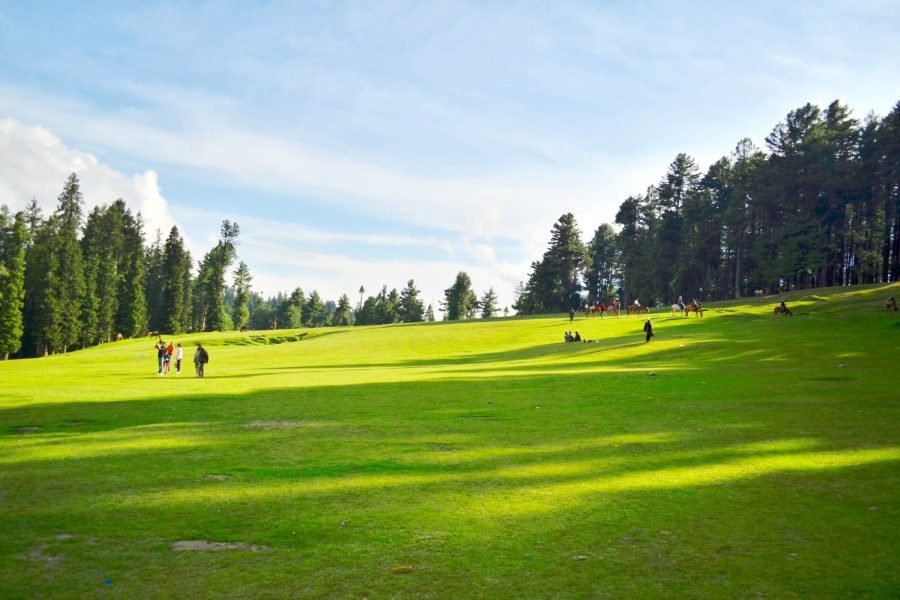
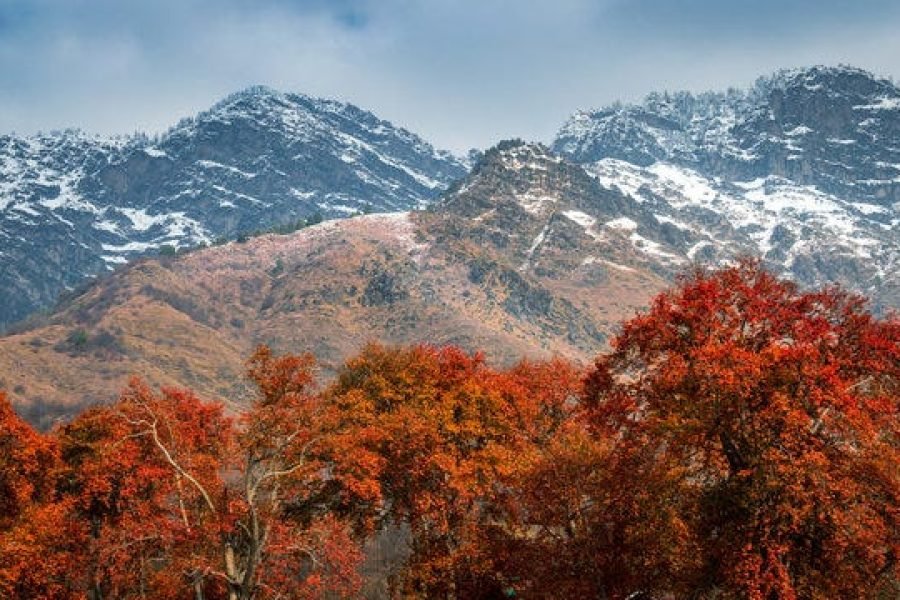
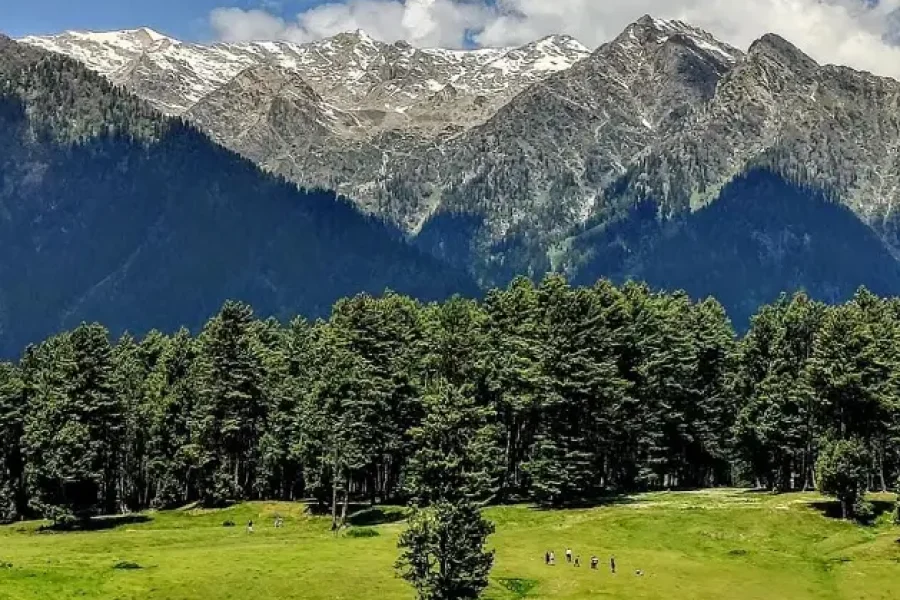
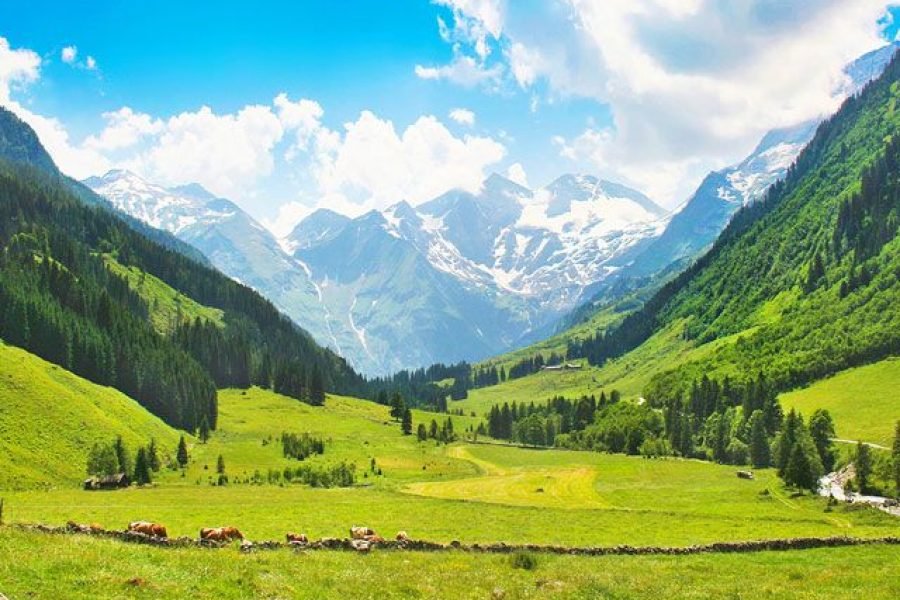
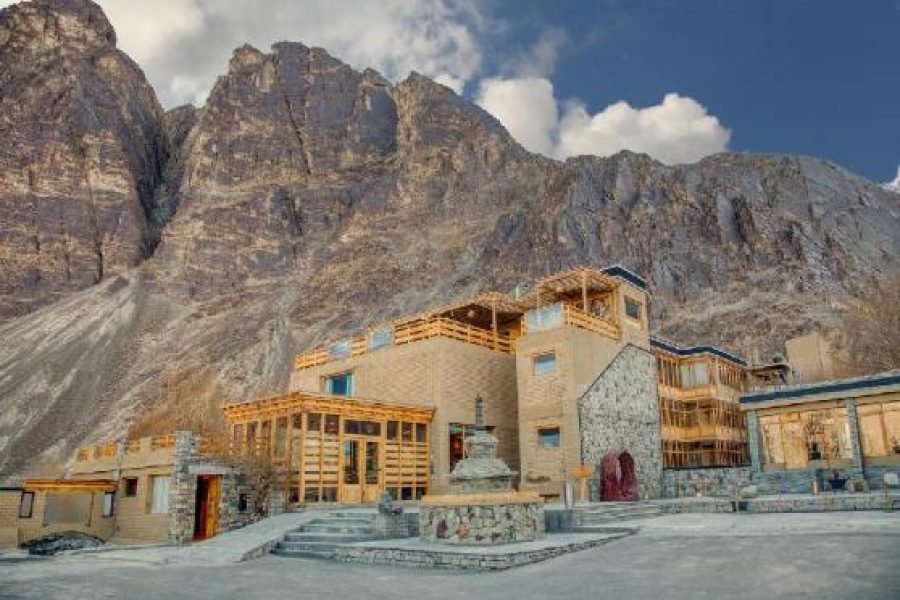

0 Comment